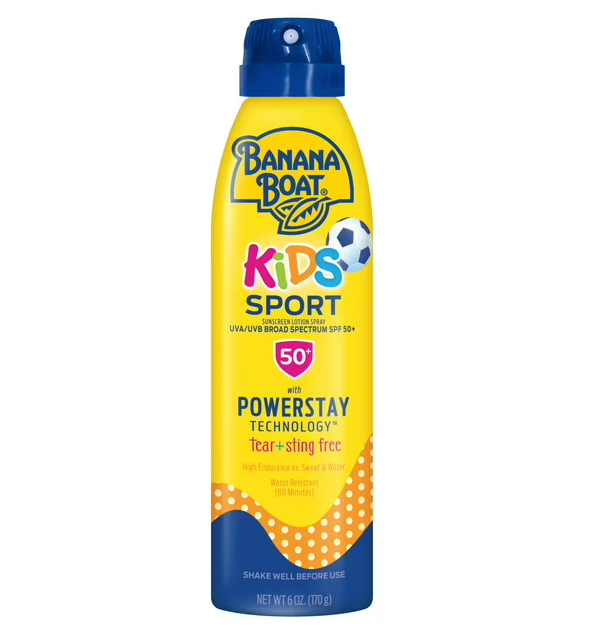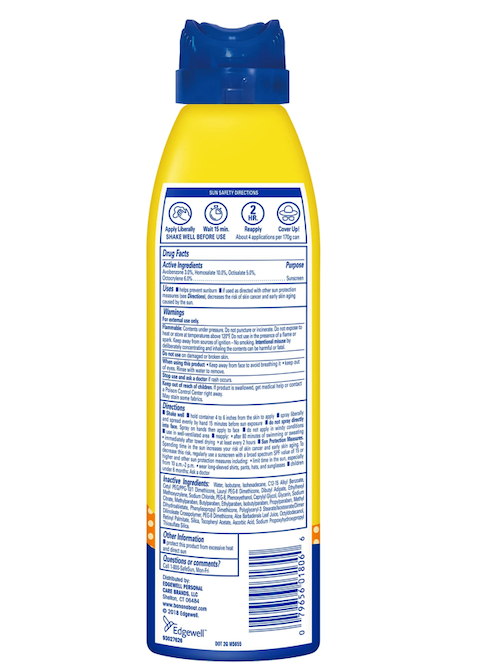Don't Let the Cold Fool You: Why Sunscreen Matters in Winter Too
When you think about sunscreen, you probably picture sunny beach days or summer hikes. But sun protection is just as important, if not more so, during the colder months, especially in snowy or high-altitude environments. At X Sunscreen, we’re here to remind you that UV rays don’t take a winter break, and neither should your sunscreen routine.
UV Rays Are Still Strong in Winter
Even on overcast or chilly days, up to 80% of the sun’s UV rays can penetrate clouds. That means your skin is still exposed, even when the sky is grey. UVB rays, which cause sunburn, are weaker in winter, but UVA rays, responsible for premature aging and skin damage, remain consistent all year long. UVA rays penetrate deeper into the skin and can still harm even when you’re bundled up.
Snow Reflects UV Light
If you’re heading into snowy conditions, your sun exposure is even higher. Snow reflects up to 80% of UV radiation, doubling your exposure compared to dry ground. Whether you're skiing, snowboarding, shoveling your driveway, or walking the dog, those UV rays are bouncing right back up at your face.
This increased reflection is why people often return from winter vacations with unexpected sunburns, especially on the nose, cheeks, and under the chin, where reflected light hits the skin the hardest.
Higher Altitudes, Higher Risk
Winter sports and mountain travel increase your sun exposure dramatically. At high altitudes, the atmosphere is thinner, meaning less UV radiation is filtered out. For every 1,000 feet of elevation, UV exposure increases by about 10%. So if you're on a ski trip 6,000 feet up, you’re facing 60% more UV radiation than at sea level.
Daily SPF Isn’t Just for Summer
It’s easy to forget sunscreen when you're wearing coats and scarves, but your face, lips, and hands are often still exposed. Dry winter air and wind can also weaken your skin’s barrier, making it more vulnerable to damage.
Make applying SPF part of your daily routine, even if it’s just a light layer on your face and neck. Choose sunscreens that offer broad-spectrum protection, and don’t forget your lips; they can burn too.



